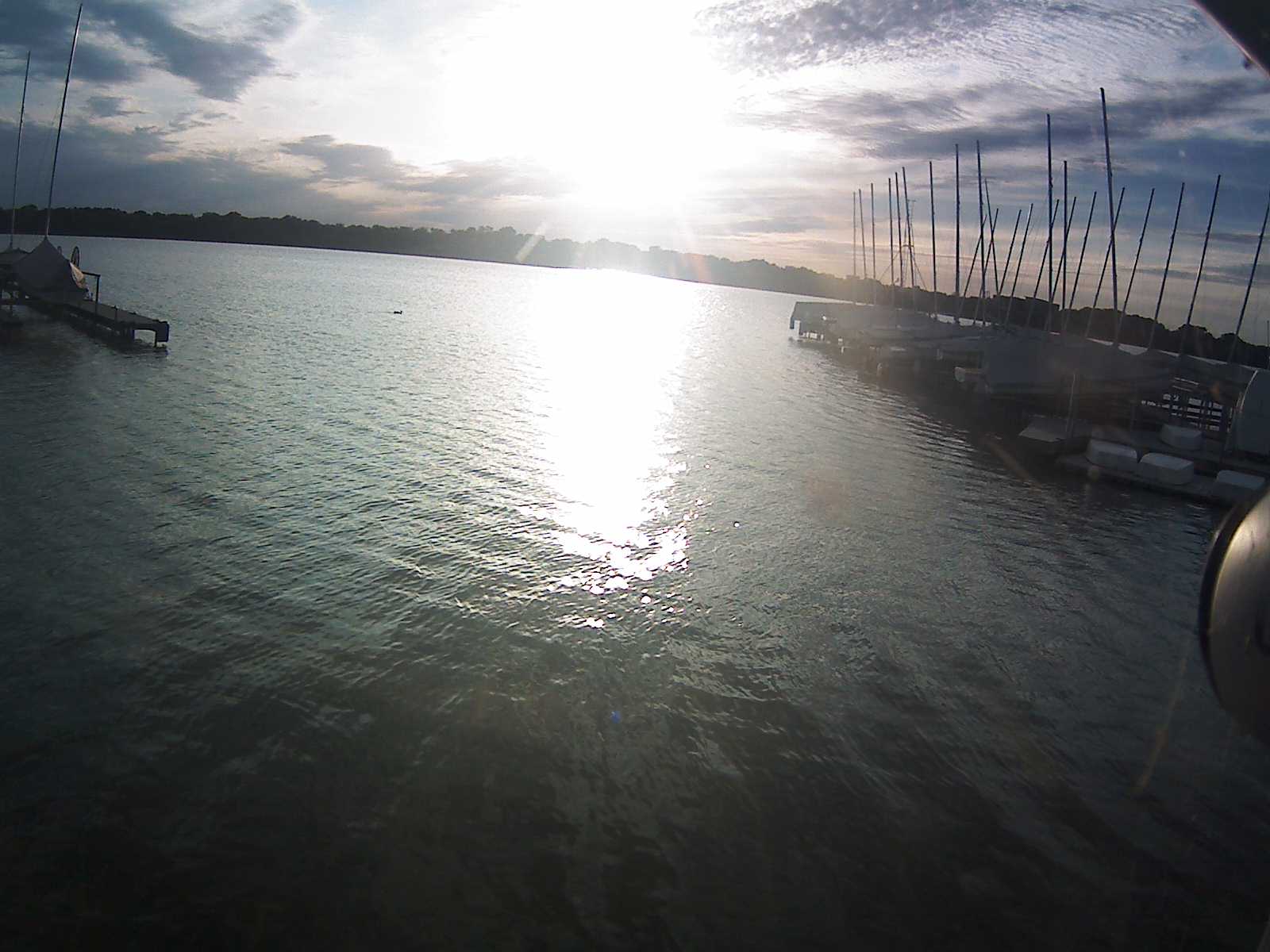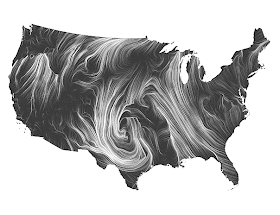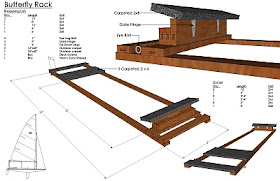DOWNWIND - PART 2: SETTING UP FOR THE PASS
at 11.01.2011
(c) 2011 Doug Peckover
[and Pam]
Pam and I were sailing together on a run and were slow but were able to reel in Sandy by taking his wind. We were about a foot behind him and were about to hit [and Doug’s big head was blocking my view], so Pam bore off too much and he got away.
There are three options once you’ve closed the gap: 1) pass to leeward; 2) pass to windward; or 3) remain in a holding pattern and time your move for a pass right at the mark to get buoy room.
Setting up for a pass begins with the holding pattern:
- Watch your bow and the other boat’s stern and wait until you’re within a foot (first diagram).
- Bear off to get inside. If your speed is not good you’ll slow down. If your speed is good, you may want to pull in your sail a little to slow down intentionally.
- The other boat will have more clear air and will pull ahead.
- Move back to windward to regain control and close the gap again.
The result, as shown in the diagram, is a circular movement that you can hold as long as you want. Even if you’re slower, you’re in complete control and can make your final inside move in time to ask for room.
The obvious question is “why not just pass on the inside?” I tried this at the 2000 Laser Worlds in Cancun and Rob Coutts (brother of Russell) from New Zealand showed me why. I passed Rob, got inside, and was about to ask for room when he bore off sharply, got inside, stuck his bow in, and asked me for room. It was a beautiful move and, boy, did I felt like an amateur! The holding pattern would have maintained control and would have prevented him from getting inside me.
If there are other boats around and you don’t want to slow down, or if you have a downwind finish, you need one of your other two options – a windward pass or a leeward pass. That’s in the next article.










